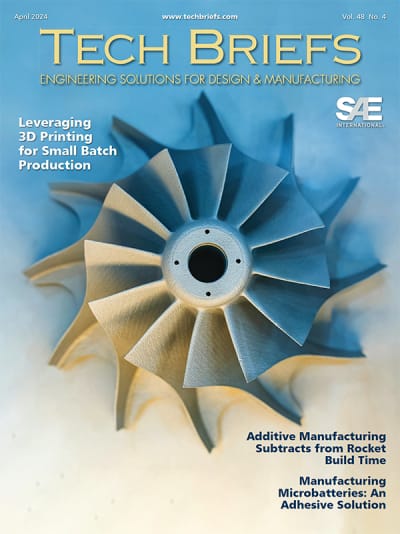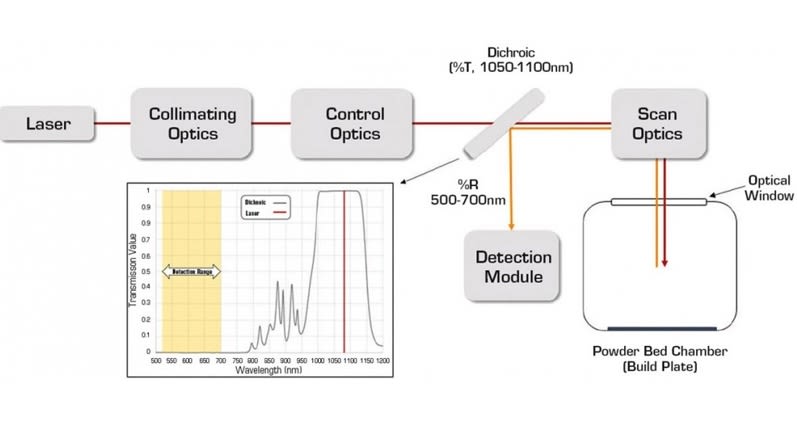A fabrication process is reported for prototype emitters of THz radiation, which operate cryogenically, and should provide a fast, stable blackbody source suitable for characterization of THz devices. The fabrication has been demonstrated and, at the time of this reporting, testing was underway. The emitter is similar to a monolithic silicon bolometer in design, using both a lownoise thermometer and a heater element on a thermally isolated stage. An impedance-matched, high-emissivity coating is also integrated to tune the blackbody properties.
This emitter is designed to emit a precise amount of power as a blackbody spectrum centered on terahertz frequencies. The emission is a function of the blackbody temperature. An integrated resistive heater and thermometer system can control the temperature of the blackbody with greater precision than previous incarnations of calibration sources that relied on blackbody emission.
The emitter is fabricated using a silicon- on-insulator substrate wafer. The buried oxide is chosen to be less than 1 micron thick, and the silicon device thickness is 1–2 microns. Layers of phosphorus compensated with boron are implanted into and diffused throughout the full thickness of the silicon device layer to create the thermometer and heater components. Degenerately doped wiring is implanted to connect the devices to wire-bondable contact pads at the edge of the emitter chip. Then the device is micromachined to remove the thick-handle silicon behind the thermometer and heater components, and to thermally isolate it on a silicon membrane. An impedance-matched emissive coating (ion assisted evaporated Bi) is applied to the back of the membrane to enable high-efficiency emission of the blackbody spectrum.
In operation, the heater is supplied with a voltage that is PID-controlled (proportional-integral-derivative-controlled) by the output of the thermometer. Both components are quiet, and require low-noise readout and power supplies to function correctly. The fabricated chip is mounted and heat-sunk to a copper housing that directs and collimates the beam of terahertz power emitted from the chip. Filtering in the optical column in the copper housing with metal mesh or neutral density components is also possible. The implanted silicon is highly reliable and stable. The Bi coating is robust but may require passivation if the environment for installation has corrosives (i.e., acid flux, heavy solvents from a Dewar).
This work was done by James Chervenak, Ari Brown, and Edward Wollack of Goddard Space Flight Center. GSC-16131-1






















